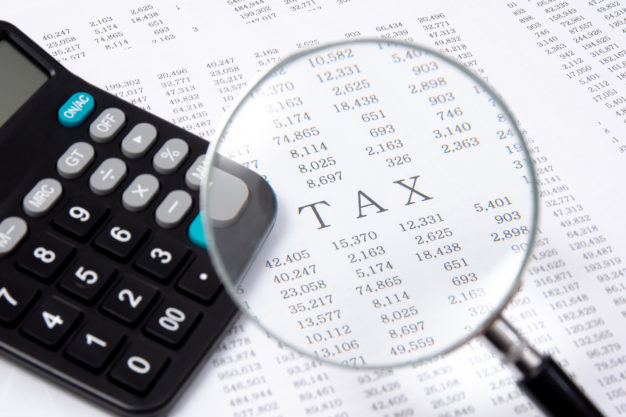IRS Urges Taxpayers to Choose Tax Preparers Carefully to Protect Data (IR-2025-21)
The IRS reminded taxpayers to choose the right tax professional to help them avoid tax-related identity theft and financial harm. […]
Read MoreThe IRS announced a program to allocate $10 billion of credits for qualified investments in eligible qualifying advanced energy projects (the Code Sec. 48C(e) program). At least $4 billion of these credits may be allocated only to projects located in certain energy communities.
The guidance announcing the program also:
defines key terms, including qualifying advanced energy project, specified advanced energy property, eligible property, the placed in service date, industrial facility, manufacturing facilities, and recycling facility;
describes the prevailing wage and apprenticeship requirements, along with remediation options; and
sets forth the program timeline and the steps the taxpayer must follow.
Application and Certification Process
For Round 1 of the Section 48C(e) program, the application period begins on May 31, 2023. The IRS expects to allocate $4 billion in credit in this round, including $1.6 billion to projects in energy communities.
The taxpayer must submit a concept paper detailing the project by July 31, 2023. The taxpayer must also certify under penalties of perjury that it did not claim a credit under several other Code Sections for the same investment.
Within two years after the IRS accepts an allocation application, the taxpayer must submit evidence to the DOE to establish that it has met all requirements necessary to commence construction of the project. DOE then notifies the IRS, and the IRS certifies the project.
Taxpayers generally submit their papers through the Department of Energy (DOE) eXHANGE portal at https://infrastructure-exchange.energy.gov/. The DOE must recommend and rank the project to the IRS, and have a reasonable expectation of its commercial viability.
Energy Communities and Progress Expenditures
The guidance also provides additional procedures for energy communities and the credit for progress expenditures.
For purposes of the minimum $4 billion allocation for projects in energy communities, the DOE will determine which projects are in energy community census tracts. Additional guidance is expected to provide a mapping tool that applicants for allocations may use to determine if their projects are in energy communities.
Finally, the guidance explains how taxpayers may elect to claim the credit for progress expenditures paid or incurred during the tax year for construction of a qualifying advanced energy project. The taxpayer cannot make the election before receiving its certification letter.
The IRS reminded taxpayers to choose the right tax professional to help them avoid tax-related identity theft and financial harm. […]
Read More
The IRS provided six tips to help taxpayers file their 2024 tax returns more easily. Taxpayers should follow these steps […]
Read More
The IRS encouraged taxpayers to make essential preparations and be aware of significant changes that may affect their 2024 tax […]
Read More
Guidance is provided for property and casualty insurers that write inland marine insurance and pay the State Fire Marshal Regulatory […]
Read More
The IRS released the optional standard mileage rates for 2025. Most taxpayers may use these rates to compute deductible costs […]
Read More
The IRS, in partnership with the Coalition Against Scam and Scheme Threats (CASST), has unveiled new initiatives for the 2025 […]
Read More
The IRS reminded disaster-area taxpayers that they have until February 3, 2025, to file their 2023 returns, in the entire […]
Read More
The IRS has announced plans to issue automatic payments to eligible individuals who failed to claim the Recovery Rebate Credit on their […]
Read More